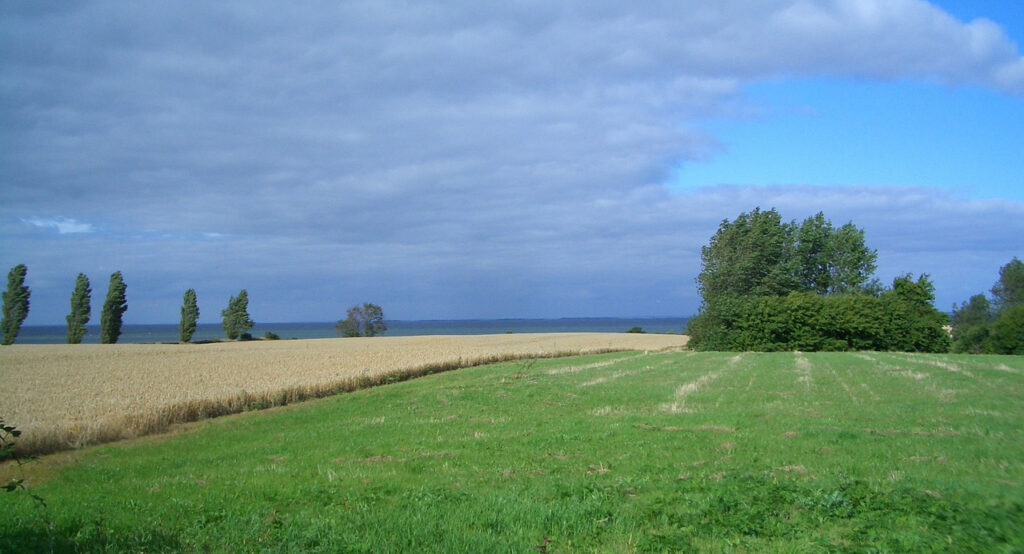The problem can be alleviated with the help of multifunctional production systems, which means that perennial crops are grown in a way and place that counteracts the negative environmental effects of intensive agriculture in the landscape. These systems provide society with double benefits: more biomass and reduced environmental problems. They can also secure regulatory ecosystem services, such as pollination and protection against natural disasters such as droughts and floods.
“There are many different ways to reduce the environmental impact and the solutions we have investigated in this project have been the subject of several previous studies, also within our own research group. Such studies are often done on a fairly small scale, but here we have taken a larger approach and investigated how multifunctional cultivation systems could be introduced in Sweden and Europe to reduce the negative effects of current agriculture – and at the same time produce biofuels and other bio-based products” says Göran Berndes, professor at Chalmers. He is the project leader in a research study, which includes researchers from Chalmers, Lund University and Mid Sweden University. Together, they have developed a new way of modeling land use systems.
The spatial models are based on high-resolution data and have been applied to 81,000 individual landscapes across the EU and the UK. This way, it is possible to identify individual landscapes where multifunctional systems can be particularly advantageous, while at the same time it is possible to study the effects of implementation at European level.
“Our analyzes show that environmental problems related to nitrogen leakage to surface water and wind erosion can be significantly reduced through a strategic integration of multifunctional farming systems in agricultural landscapes that are currently dominated by annual crops” says Oskar Englund, associate professor at Mid Sweden University and one of the project participants.



